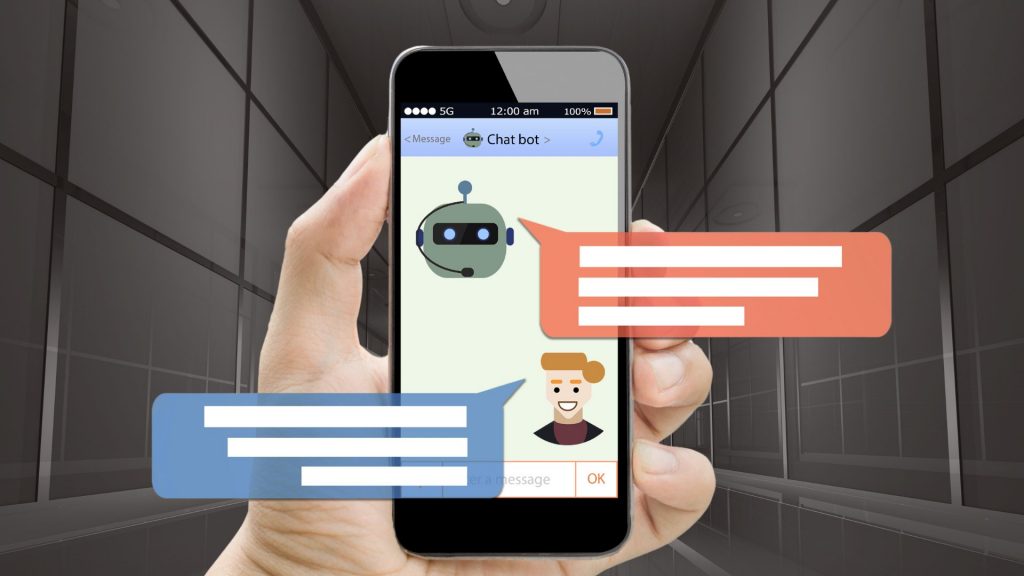Robotic Process Automation (RPA) is the fastest growing technology in the world. In a society that requires tasks to be completed faster, more efficiently, and cheaper, RPA offers the solution. Organizations that are looking to streamline their processes, reduce overhead costs, and have their teams be more hands-off can benefit from automation. When deciding to invest in a Robotic Process Automation solution, many organizations are looking simply at the Return on Investment, but gaining a better understanding of how the technology works can provide clarity into how it will actually integrate into your existing technologies and processes.
Organizational leaders anywhere from finance, to customer service, to human resources, operations, and beyond find that RPA yields higher capacity, faster throughput, and fewer errors for key processes. Even those not in technical roles who may think that this technology is “too complex” can see the clear impact of Robotic Process Automation as a solution.
We’ll provide an explanation of what Robotic Process Automation is, cover common use cases, and also share insights into how the technology works. Through this understanding, you can be better positioned to find a vendor that fits your needs, and know what to look for during the implementation process.
What is RPA?
Robotic Process Automation (RPA) is the technology that allows anyone in an organization to deploy software to replicate the actions of a person using digital business process software. RPA utilizes the user interface to capture data and manipulate applications just like humans do. They interpret information, trigger responses, and communicate with other systems in order to perform a vast variety of repetitive, sometimes mundane tasks.
Most digital, highly repetitive tasks that are completed by employees can be completed by Robotic Process Automation. When evaluating tasks for RPA to complete, organizations focus on the most time-consuming “human completed” digital processes in their workflow or business process. For example, within an accounting workflow, you can identify specific parts within the process that can be automated. These include opening emails, downloading invoices, extracting data from those invoices, and then inputting the data into your ERP or Financial software.
The benefit of RPA is that it can complete these tasks without ever making a mistake or taking a sick day. And because these repetitive tasks are completed by a bot instead of an employee, your team can focus on activities that are more fulfilling and better suited to their skill sets and the needs of your organization.
What are common Robotic Process Automation use cases?
Business functions such as Accounts Payable, financial reporting, operations, human resources, and others rely heavily on entering data into multiple applications, which positions them perfectly to have a clear, impactful return on investment from RPA. The software can be applied in various industries including financial services, manufacturing, healthcare, government, distribution, and so on.
Regardless of which business function or industry RPA is utilized in, there are three key ways that the solution works.
1.
Completing routine keystroke operations such as opening emails and attachments, copying and pasting data, moving files and folders, and filling in forms.
2.
Running an application interface allowing it to report statistics and log into enterprise applications.
3.
Collecting and manipulating data, allowing them to perform actions such as extracting structured data from documents, connecting to systems APIs, reading and writing databases, merging data from multiple places, data calculations, and scraping data from the web.
Any process that employees previously completed manually can instead be completed by the robot!
How does RPA work?
Early forms of Robotic Process Automation existed as screen scraping, where data was extracted from one page and input on another. RPA currently is far more robust, completing simple extraction and input tasks as well as far more advanced activities such as completing forms or logging into applications.
Even avid users of Robotic Process Automation know that the system can appear to be almost like magic. When the software robots do tasks like logging into applications and systems, moving files and folders, extracting, copying, and inserting data, filling in forms, and completing routine analyses and reports, it can almost look like a ghost has taken over your computer. So, how exactly does it work?
Bot Design and Execution
First and foremost, for Robotic Process Automation to work, you need to create the rules for it to follow. What task does it need to complete? When does it need to be completed? Is it triggered by a specific event, occurs at a certain time, or is it triggered manually as needed?
In order to configure the bot to fit your needs, you will utilize a bot designer, also referred to as a studio. Each RPA software vendor has a unique interface, but all of them offer an intuitive interface with drag and drop capabilities. While the studio typically requires intensive learning and training to utilize it, they don’t need any advanced programming skills, meaning anyone in your organization has the potential to use it.
In the studio, you configure the bot to complete the task you’ve identified for it and create the necessary connections in order for it to do so. As mentioned, this is typically done through the drag and drop capabilities within the system.
Attended vs. Unattended Automation
Attended bots need to be activated by an employee when the process needs to begin, they can run on individual workstations, private servers, or in the Cloud. Unattended bots operate on a specific schedule, for example weekly reports that need to be input into a system, or triggered by specific activities. An example of this could be within Insurance and Employee Benefits organizations when a client’s employee is terminated through their HRIS system which triggers a set of tasks to terminate employer coverage of Dental, Vision, Health, and Short-Term Disability.
The way this works is that the bot monitors for the termination email and parses through the email body to find the last four digits of Social Security, employee name, carrier, term date, and other information for an individual who has been terminated, then logs into each carrier’s website and terminates the employee, downloads a PDF of the termination acknowledgment and attaches it into their agency management system as a new task then closes out the task.
Organizations can use both Attended and Unattended bots within their system, the benefit of RPA is that these bots can be customized to fit whatever task you need them to.
Software Integration
What systems does the robot need to connect with? Part of the way RPA works is by accessing information from your existing IT systems. For example, if data needs to be pulled out of your Human Resources Information System and put into your accounting software, the robot needs access to do so. There are numerous ways that RPA tools can integrate with your applications. One option is through connections to databases and enterprise web services in the backend. Another is through front-end or desktop connections that can take multiple forms.
Which way is best? It depends on your organization and the problems your system will solve. With backend connectivity, the bot accesses systems and services under the control of a process automation server, which specifically is built to run such processes. This is most commonly used for unattended automation, such as what we described before.
One of the major selling points of RPA is that software robots can easily access and work within legacy systems, which allows your organization to not require employees to regularly access clunky older systems you may no longer use.
Your implementation specialists will determine how exactly your systems will integrate with the bot based on past experience and your unique organizational needs.
How to implement Robotic Process Automation
Work with experienced professionals.
While some organizations have the infrastructure and IT bandwidth to implement custom bots in-house, many don’t have the resources required to execute on RPA implementation on their own. By working with a trusted partner of an RPA vendor, you can rely on their team of technical experts who have robust experience within the field of automation.
PiF Technologies has had over 25 years of experience implementing, executing, and supporting automation solutions. We’ve seen just about every pain point in every industry, and we have over 2,000 customers to prove it. Beyond just Document Management and Accounts Payable Automation, we offer Electronic Forms, Amazon Web Services Cloud Hosting, Robotic Process Automation, and for our local customers, Ricoh Copiers and Printers.







